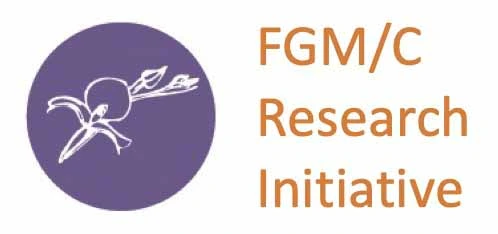15 June 2021
New Report Highlights Need to Address Female Genital Mutilation in Benin
Blog by Savannah Grantham for the FGM/C Research Initiative
Female genital mutilation/cutting (‘FGM/C’) remains a significant concern in Benin, as highlighted in a recent report by Orchid Project that sheds light on its prevalence and drivers. The report reveals that the 2014 prevalence of FGM/C among women aged 15–49 in Benin was 9.2%.
The data indicate that FGM/C is more common in rural areas than in urban areas, where there were prevalences of 13.1% and 5.2%, respectively. The highest rate of cutting observed was in the northern departments of Borgou, Alibori and Donga. Shockingly, some departments reported that the number of girls and women who have been cut exceeds 30%, which emphasises the urgent need for targeted interventions in these regions.
The practice is predominantly associated with the Muslim population, among whom there is a 27% prevalence, and varies significantly between ethnic groups, ranging from over 40% prevalence among the Bariba and Peulh to less than 1% in the Adja and Fon communities.
Despite legislative efforts to combat FGM/C in Benin, including the enactment of laws prohibiting the practice, challenges persist to enforcement and prosecution. While progress has been made through grassroots projects and international anti-FGM/C programmes, recent reports suggest that the practice may have gone underground, with instances of cutters resuming their work and girls being taken across borders for FGM/C.
To delve deeper into the findings and recommendations outlined in 28 Too Many and Orchid Project’s report, click [here] to access the full document.
Together, we must continue to raise awareness, advocate for policy enforcement and support initiatives aimed at eradicating FGM/C in Benin and beyond.

